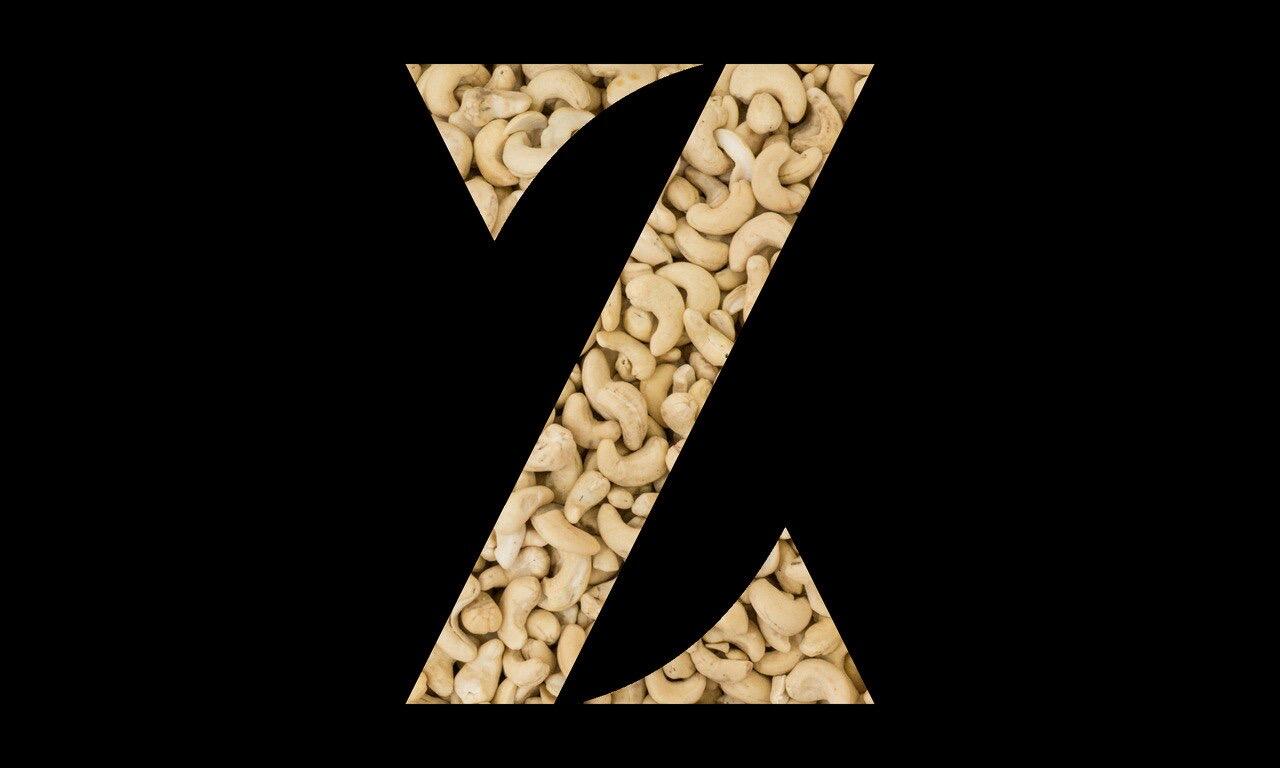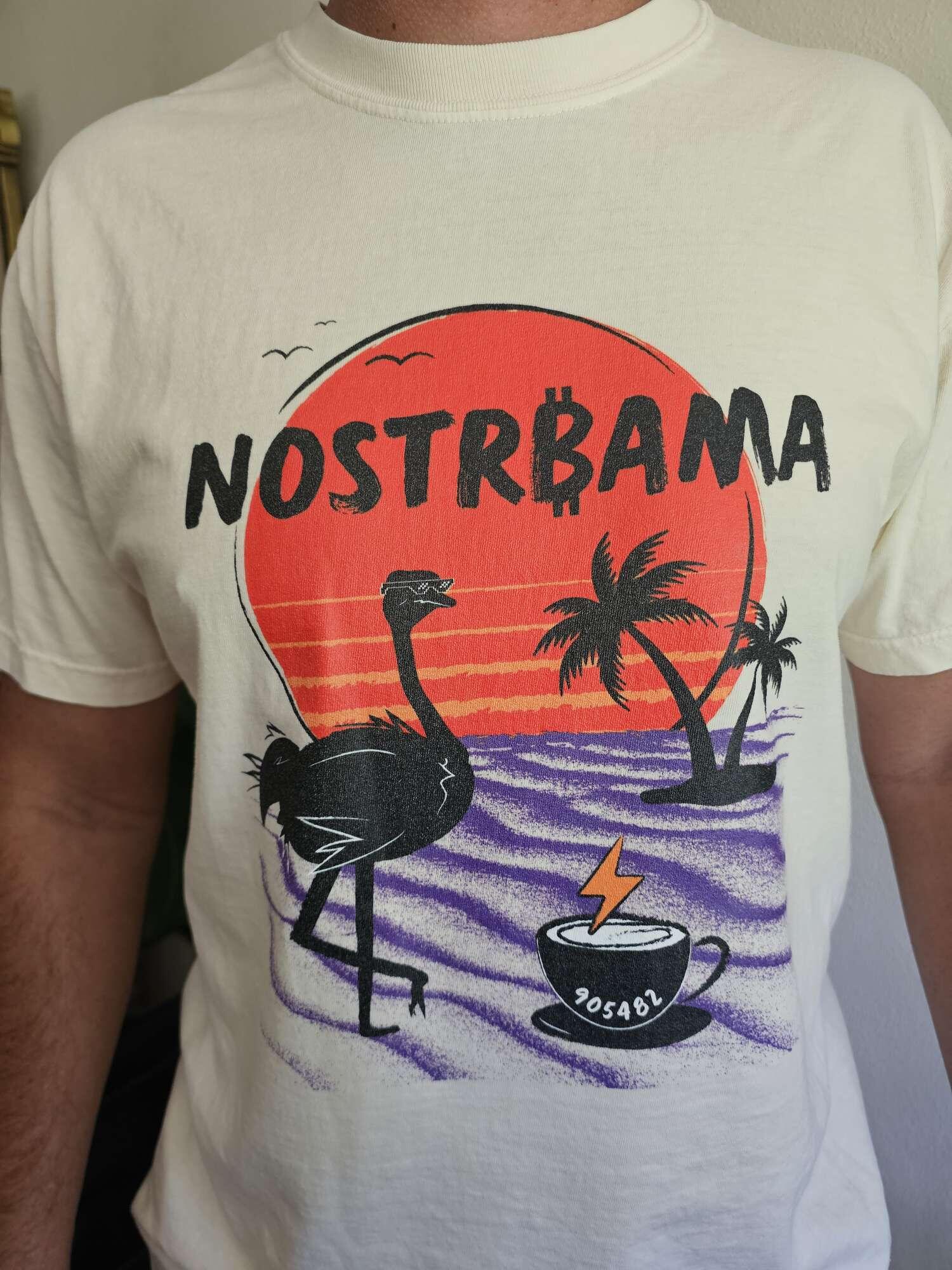Post
I feel like I'm missing something. In developing categorical topology, coverage is defined using a collection of families of morphisms, which works just fine. But in classical topology a coverage is defined using a union of sets. In the poset of open sets (with inclusions as morphisms) the union is a categorical coproduct (it's actually a union, not a discriminated union). So why can't we define coverage using a coproduct? What's the advantage of defining it the hard way?
0
0
0




